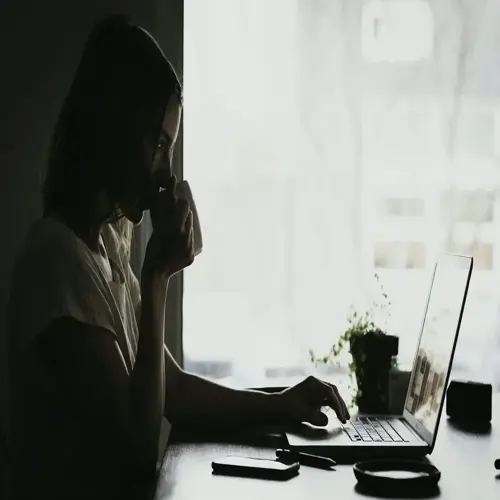What meditation techniques work best for anxiety?

Written by
Leilani Ibeh
Reviewed by
Prof. William Dalton, Ph.D.To alleviate anxiety, utilize specific meditation techniques by directly calming the nervous system. Use either mindfulness meditation or focused breathing as these offer the best solutions. This is achieved by modifying the body's physiological response to stress triggers. The heart rate naturally slows. There is a drop in cortisol. The neural pathways in the brain are rewired for better control of emotions.
Mindfulness instructs the practitioner to observe their thoughts without judgment. The first thing you do is sit comfortably in your body and pay attention to your breathing. You can feel the air coming into your nostrils. You can feel your abdomen rise and fall. When thoughts arise that are worrying, acknowledge them briefly and gently redirect your attention to the breath. This effectively breaks the cycles of rumination.
Mindfulness Meditation
- Practice daily for 10 minutes focusing on breath awareness
- Label thoughts 'thinking' when distractions occur
- Gradually extend sessions as concentration improves
Focused Breathing
- Use 4-7-8 method: Inhale 4s, hold 7s, exhale 8s
- Practice during anxiety spikes for immediate relief
- Combine with counting breaths for better focus
Progressive Relaxation
- Systematically tense and release muscle groups
- Start from toes moving upward through the body
- Release physical tension that fuels mental anxiety
Utilize several techniques to manage anxiety comprehensively. Begin mornings with mindfulness as a means to set a peaceful tone for the day. Breathing techniques can be introduced when stress suddenly arises during the day. Muscular relaxation techniques can be practiced before sleep. Using a multi-modal approach to deal with anxiety problems addresses separate aspects of anxiety. Long-term practice of these techniques can lead to permanent neurological changes.
Customize your approach according to the timing of your anxiety symptoms. Recognize when they are at their worst and use the techniques during these occasions. It is beneficial to keep a record of your experiences in a diary. As you gain experience, gradually modify your approach. This method of adaptation enables your meditative practices to meet the job of eliminating your private anxiety-evoking triggers.
Read the full article: Meditation for Anxiety: Your Complete Guide

